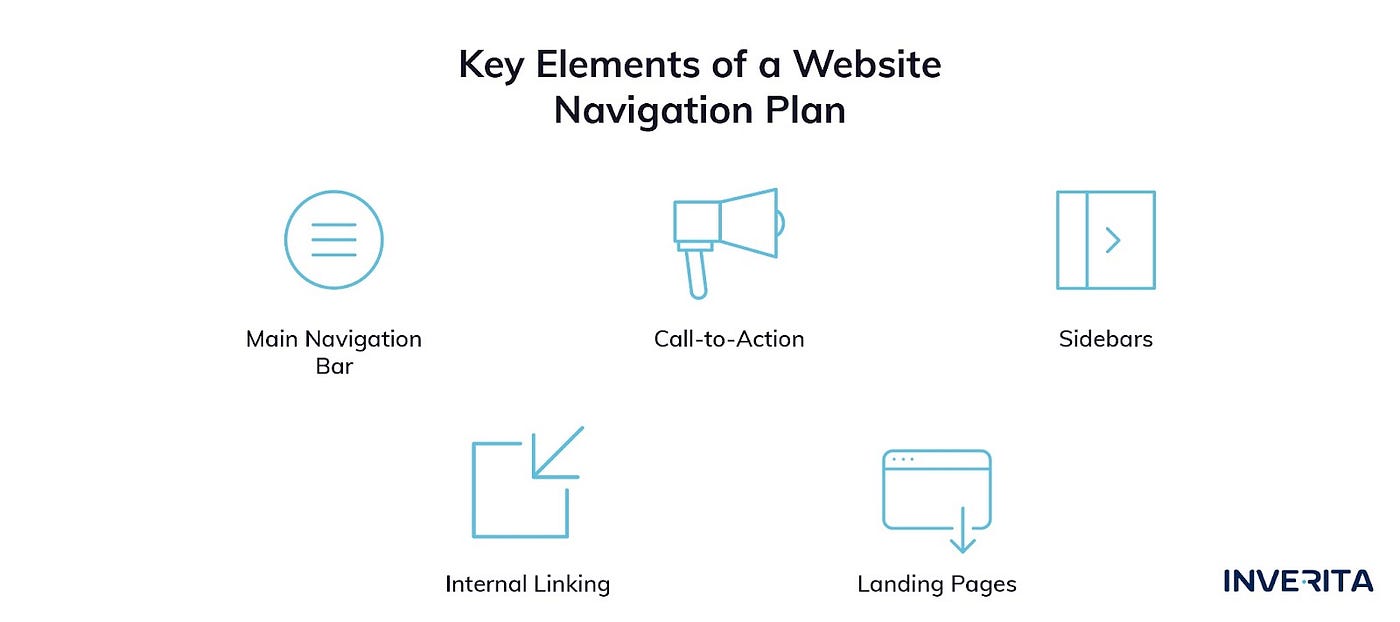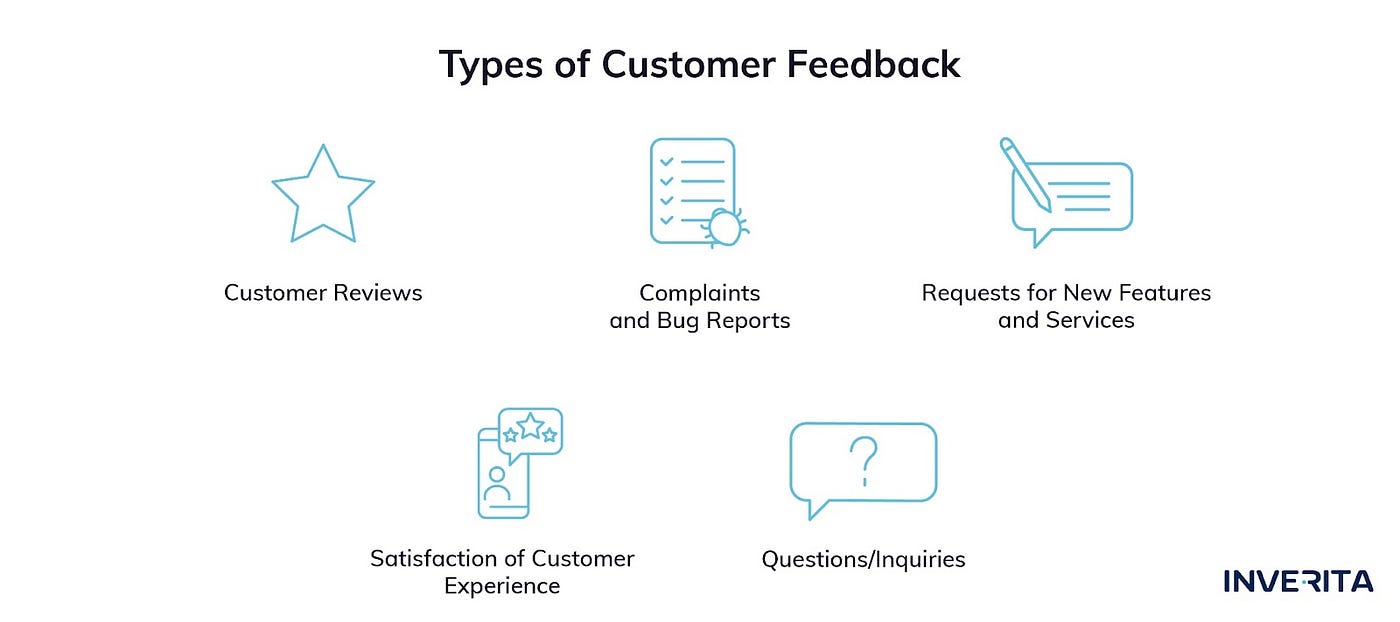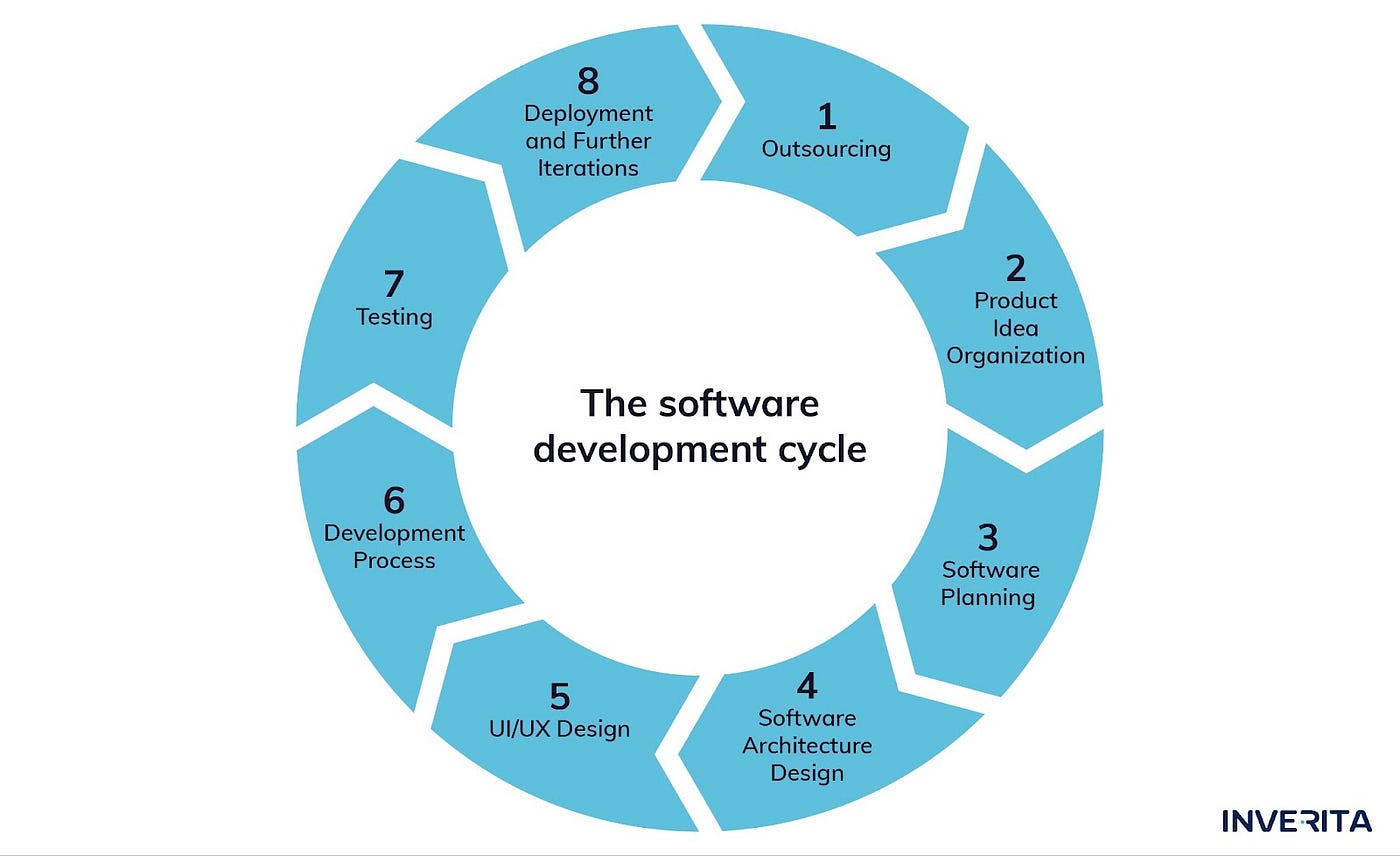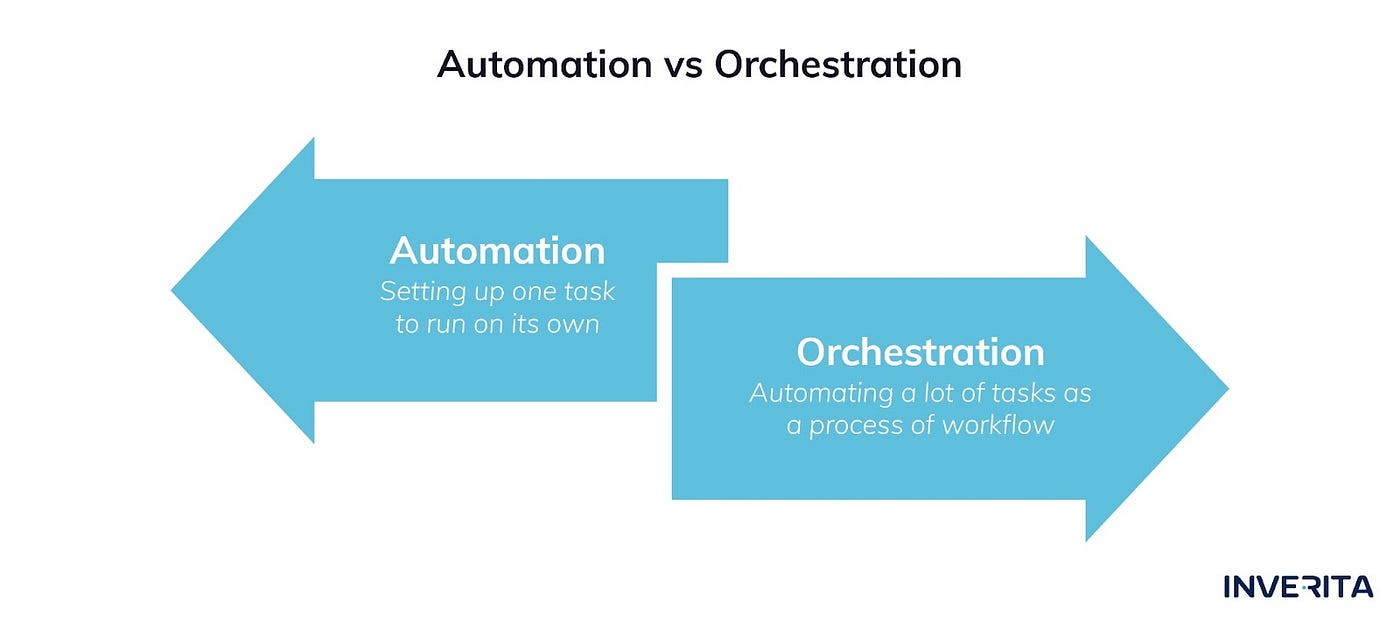A few tips on how to choose a reliable software vendor:
- Define your business needs: determine “must-haves” and “nice-to-haves”;
- Examine verified customer reviews on platforms such as Clutch, GoodFirms, etc.;
- Check vendor credentials;
- Clarify on additional fees before signing a contract (setup/onboarding/maintenance, etc);
- Establish clear KPIs to track the performance of your development team;
Understand your contract: ownership of intellectual data, fees, term/termination, usage/restrictions, etc.
Product Idea Organization
Idea validation is the step when you adjust your vision and goals to the market and customer needs, defining the actual product demand. The aim of idea validation is to expose your future product to the end-user to predict customer response after the launch.
Assumptions are not idea validation. Idea validation requires physical and data proof that your idea is viable.
Your software should come from the problem it solves. Rapid prototyping is one of the most effective key tools to validate your idea in Agile. The user is put at the center of the problem and they give real feedback so you can estimate the real customer satisfaction in software development.
Another widely used method for idea validation is creating a landing page for your product. With a beta test for your product, you can analyze the conversion, add a typeform, use organic traffic, or drive ad traffic.
Software Planning
Typically, the software planning process occurs in two stages: when the product is initially visualized by the stakeholders and during the sprint planning sessions. We will delve into the second one.
Together with a customer, a software vendor builds a project plan that identifies, prioritizes, and assigns the tasks and resources needed to establish the structure for a project.
Having determined the main features your software should include and the type of application (whether it’s a native/cross-platform, or a PWA, etc), you can get a rough estimate of the cost of your software. If the customer is fine with a rough estimate, a vendor prepares a detailed one. A detailed estimate takes into account each development step, the number of people involved, the number of hours they will spend working on your software, and of course, all the features.
UI/UX Design
During the design stage, the team develops the visual solution of the product, a user interface design that defines how users will perceive the application.
Though software design goes far beyond visuals. The structure of your product’s interface, user flow convenience, and the way users interact with the app are covered by UX design.
A simple, consistent, and tailored to your user personas and journeys design should eliminate the time needed for your target audience to get used to it.
Software Architecture Design
Before starting major software development, we need to choose a suitable architecture that will guarantee the desired functionality and quality attributes of the software. So, you should understand various architectures before using them for design.
The most common 10 architectural patterns are:
- Layered Pattern
- Client-server Pattern
- Master-slave Pattern
- Pipe-filter Pattern
- Broker Pattern
- Peer-to-peer Pattern
- Event-bus Pattern
- Model-view-controller Pattern
- Blackboard Pattern
- Interpreter Pattern
Here you can find an informative explanation of each.
Development Process
Once the design step is complete, it’s time to move to the most complex and time-consuming stage — software development. During this stage, the software development team implements the scope of your project, requirements, and previously agreed functionality into coding to create a software product.
A customer receives a statement of work (SOW) which contains all the information on the development process: schedules, payments, the amount of work to be done, etc.
To ensure high standards of quality, we use agile project management methodologies and encourage our customers to take an active part in the development process by joining stand-ups, sprint planning meetings, end-of-sprint presentations, and so on. By staying in touch with the development team, you can evaluate progress, prioritize tasks, and plan together further activities.
Testing
Testing is extremely important as software bugs could be expensive and even dangerous.
For example, Nissan cars recalled more than 1 million cars from the market because of software failure in the airbag sensory detectors which caused two accidents. And there are plenty of such examples in history.
Properly tested software guarantees security, reliability, and high performance which result in customer satisfaction, cost-effectiveness, and time-saving.
Deployment and Further Iterations
The final stage is deploying the code into production, its support, and maintenance to keep the system functional and robust.
As soon as pre-launch testing shows that the product is ready for deployment, we move it to production. The production stage at our company includes release orchestration that coordinates all the activities in the pipeline.









_1758804763-small.webp)

